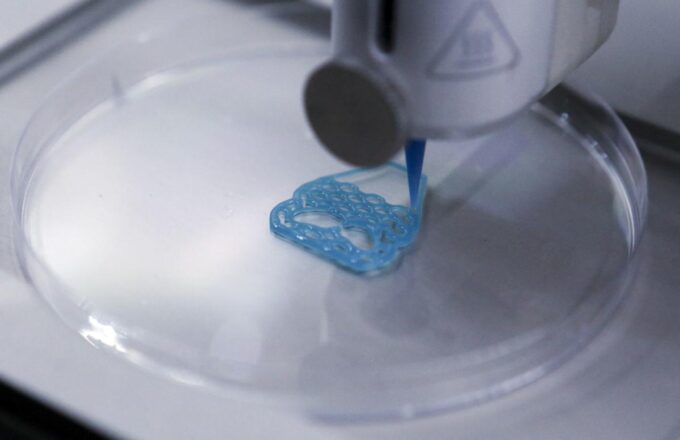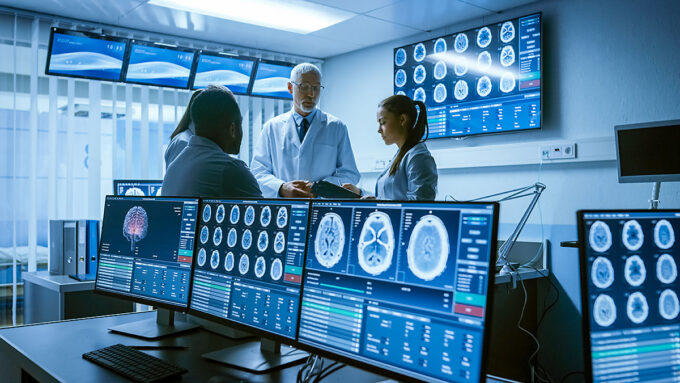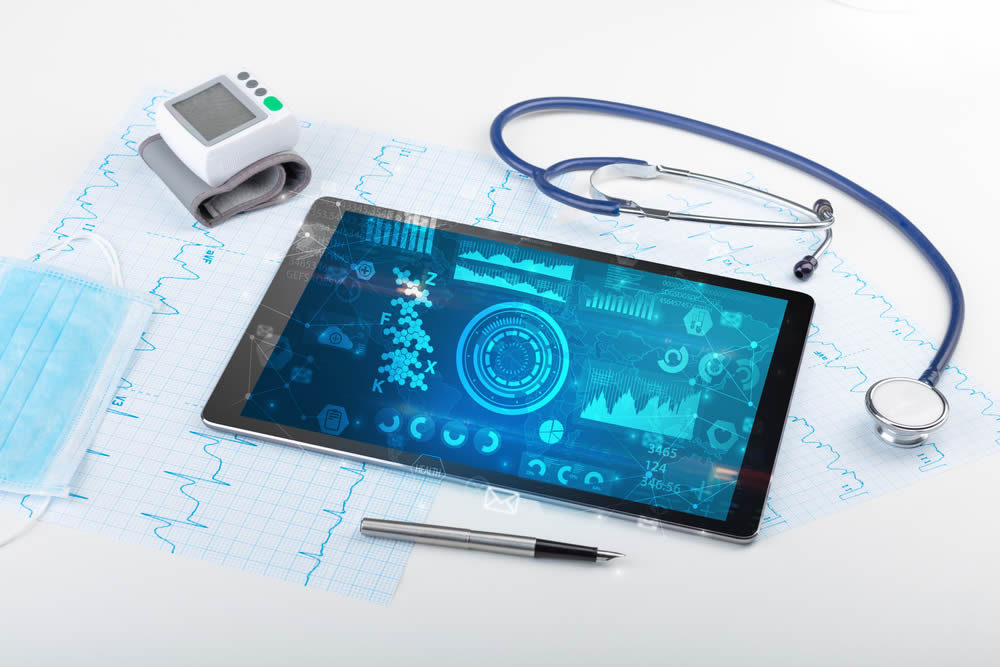Does it seem to you that planet Earth is getting a new invention almost every single day? Well, that should not surprise you because technology is improving all the time. We do not want to say that everything around the technology is perfect. However, we can’t neglect the importance it has for the improvement of the medical field.
Different diseases are spreading the entire world (covid-19 is not the only one). The good news is that different innovative trends in medical software development are making things easier. They are not only helping the people to solve the health issues they have. Programs also help doctors to diagnose the disease and make better decisions that will save the lives of many.
Websites like jelvix.com clearly explain all the benefits that patients and doctors can help. For instance, patients can be sure that their data is going to be safe. Despite that, the communication between doctors and people is going to be at the highest level. That is the reason why people will get the opportunity to improve their health management results.
We believe that innovative trends in medical software development deserve the attention of people. Because of that, we would like to highlight and analyze the most essential ones. Let’s find them out!
Artificial Intelligence

Artificial intelligence is not a fascinating type of technology today. It is present in almost every field and its popularity continues to grow among all entrepreneurs. However, things are not different when we talk about the medical field. That especially counts when we talk about the period when pandemics messed up the plans of all people.
Doctors use AAI to monitor and identify epidemics and pandemics. For instance, did you know that one AI algorithm sent the first alerts about the pandemic in Canada in 2019? Believe it or not, that happened one week before the World Health Organization declared it.
This type of trend is popular for many different reasons. It can support the development of vaccines, diagnostic applications, simulation-driven drug discovery, etc. Because of that, we can expect more and more experts and companies from the healthcare field will use it in the near future.
3D Bioprinting

Have you ever heard about 3D bioprinting? It is a type of three-dimensional bioprinting that uses a combination of growth factors, cells, and different types of biomaterials for only one reason – to grow living tissues.
The purpose of those tissues is to make a simulation of behavior that the true living systems in nature have. That will allow all the researchers and scientists to simplify the researches they have. Their goal is to somehow 3D print implants or even the entire organs and reduce the costs they would have whenever they decide on that type of research.
We do not want to say this type of medical software development trend is already popular everywhere. However, there is a big chance it will become part of the everyday routine of many scientists in the world.
Telemedicine

This is probably the most popular innovative trend in medical software development. As you probably know, remote medicine is something that has become popular in the last year and a half. Doctors gladly accepted to use that type of technology and help many people that have different health issues. However, the biggest concern of the experts is the ability of patients to adapt to the new type of technology. Many people feel more comfortable visiting a doctor in-person instead of talking with him/her over the camera, phone, etc.
The good news is that many people managed to adapt! Online doctors are now becoming something that more and more people are looking for. They don’t want to wait to visit the hospitals because they are afraid of the virus. However, that doesn’t mean they should neglect their health because of that. Fortunately, telemedicine, one of the most popular innovative trends, is there to help them.
Nanomedicine

Nanomedicine is one of the phrases you can hear on every corner. That type of innovative solution can bring a solution for a wide range of issues. For instance, doctors can now use nanomaterials and devices (such as nanorobots) as well as nanoparticles and nanoelectronic biosensors. All these pieces of technology can help them with drug delivery, diagnosis, and other similar purposes.
Internet of Medical Things

You have probably heard about IoT (Internet of Things). However, IoMT is a bit different than that. As you know, the digitalization of the medical field is one of the consequences that pandemics brought. Because of that, connectivity becomes the key factor that ensures all medical processes are functioning properly.
Developers of this type of technology had to deal with different potential issues. For instance, the delivery of the proper information is not the only problem. They need to take care of the safety of all data that is exchanged between patients and doctors.
However, that type of challenge has also brought an opportunity to improve the healthcare field to the next level. Experts had to find a way to combine the Internet of Things with smart cities. Logically, the most effective way to connect them is by using different medical devices that will maintain the health data and try to stop outbreaks of the pandemic that may arise in the future.
VR Technology

Writing this article without mentioning virtual reality technology is impossible. As you know, usage of VR is not only characteristical of the medical field. However, the healthcare industry will also benefit from it in many different ways.
For instance, many inexperienced doctors will get the chance to practice before the operation. Virtual reality will be too beneficial for all brain surgeons, cardiac surgeons, etc.
Despite that, it can also help experts to properly take care of patients that have different psychological disorders. As you know, the graphics of the VR are at the highest level. Those simulations can potentially help people deal with their fears, paranoia, phobias, etc.
Final Thought
These six innovative trends in medical software development will change the way how healthcare industry functions. People will start to believe in medical institutions even more, and doctors will truly manage to find solutions for diseases that people have. The entire process will function quicker, and all the data people share is going to be safe. Isn’t that a scenario that will be good for everyone?









